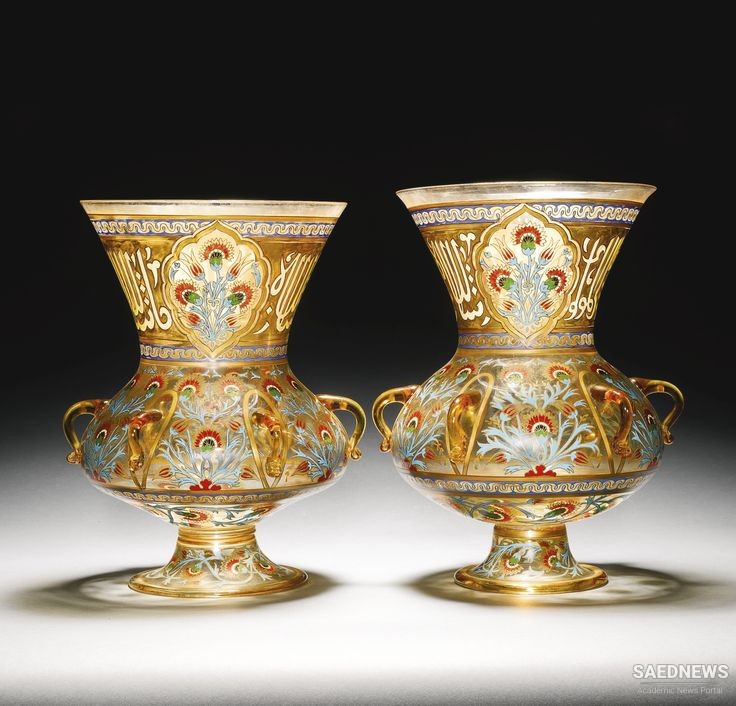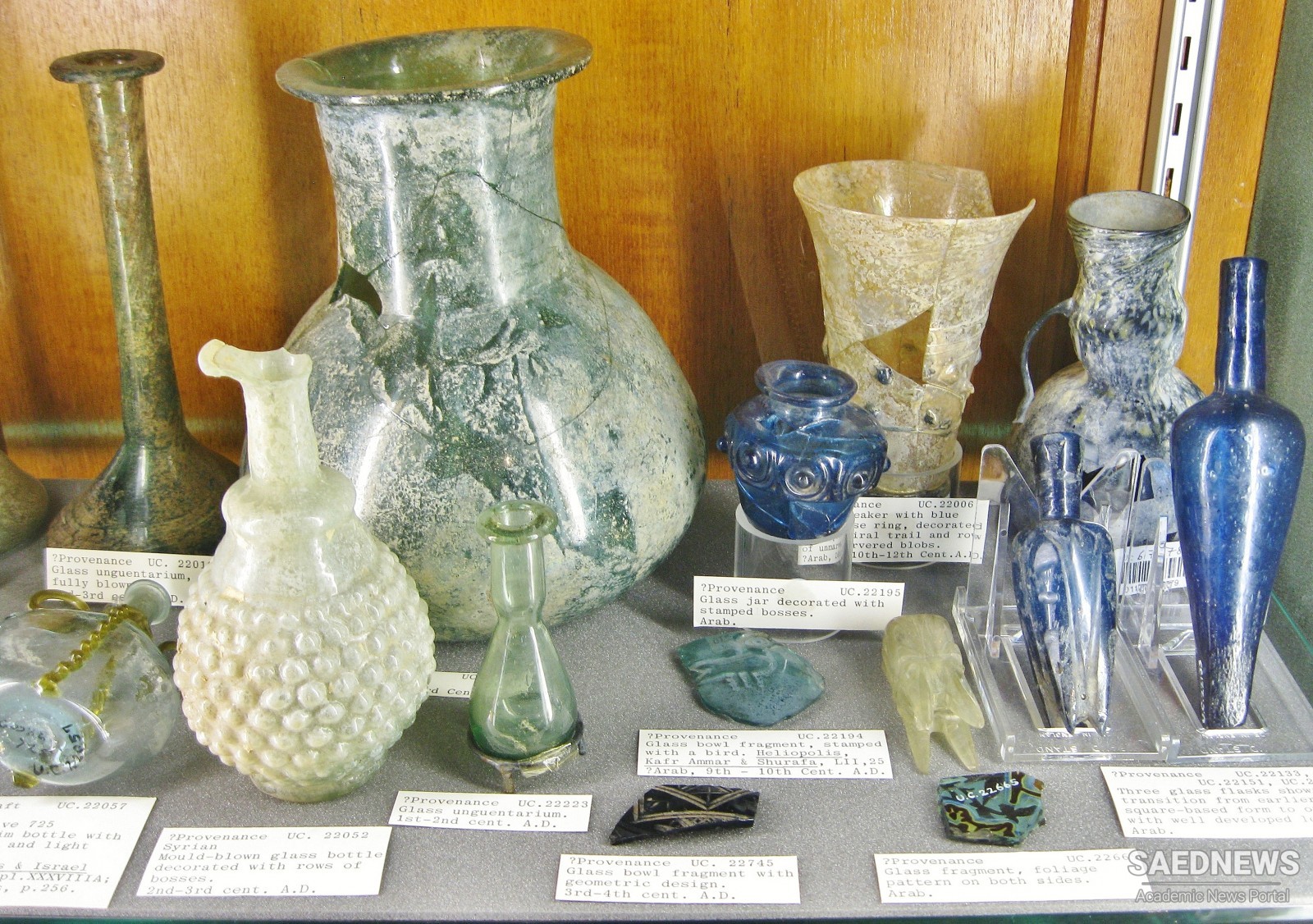Glass: The prolific production of this material is likely to be a direct technical as well as artistic continuation of the local Sasanid workshop tradition. Despite this far-reaching influence, Iranian artistic sense had to fight a constant battle against Islam’s hostility to images once this had become established. In Iran the representation of animals and humans, as shown by the abovementioned precious-metalwork from Mahmud’s palace in Ghazna, never stopped, and henceforth the hostility to images displayed by the rest of the Islamic world became more vacillating. The Shiʿa’s more favourable attitude towards images is certainly in part due to the fact that over time Shiʿism became an essentially Iranian religion. Of course, the Persian artistic sense did not remain entirely untouched by foreign influences. These came from China via Taraz (Talas), where we find not only ceramics showing a Chinese influence but also Iranian ware from Samarkand in the tenth through twelfth centuries, in the wake of the continuous import of silk. This material had been known since the Arsacid era, and was produced in Persia itself during the fifth and sixth centuries. Chinese imports also included their increasingly famous porcelain and paper, and may well have been boosted by the fact that Buddhism had earlier taken root in the East of Iran, bringing with it Indian as well as Chinese influences, but on this, as on all the other individual questions and stylistic analyses, art history will have the final say.



 Seleucids, Rule of Force and Hellenization of Persia
Seleucids, Rule of Force and Hellenization of Persia














































